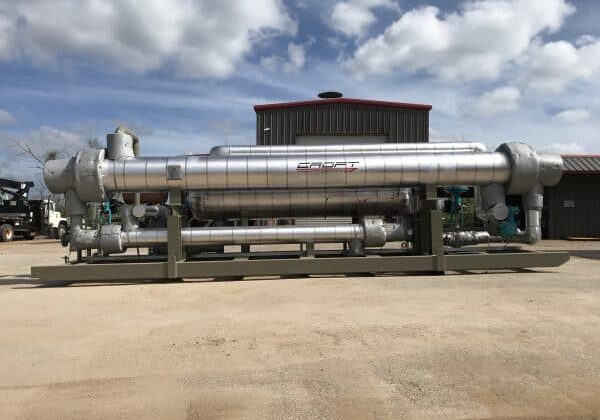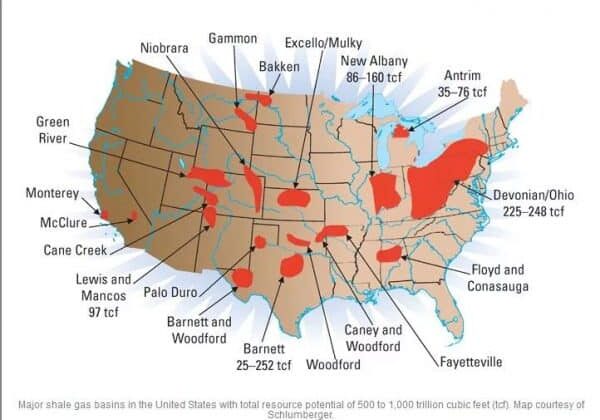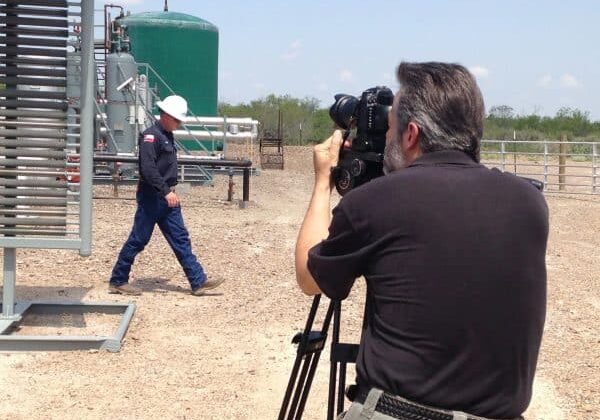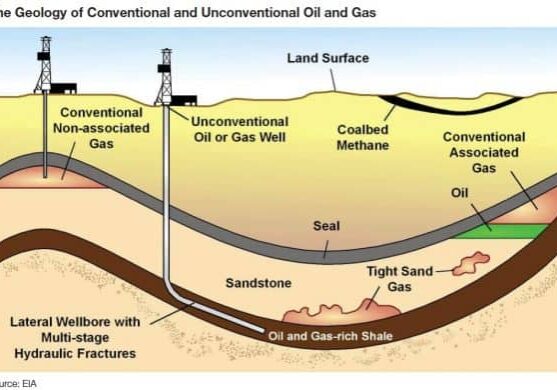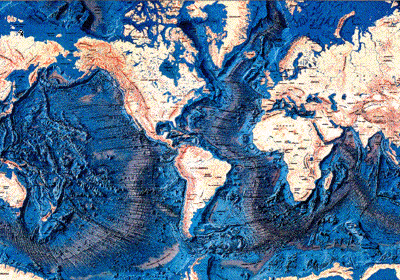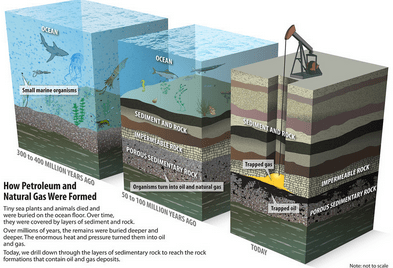We all know what crude oil looks like…. a thick black liquid substance. We all know it comes from the ground. It is cool to think you can drill a hole in the ground, and Bam!
You got oil. But how did it get there? In previous blogs, we gave oil and gas history lessons on the first well drilled, the first discovery of oil and gas, etc. But we never went into depth about how the oil got there in the first place. So what is oil, and how did it get in the ground?
The Epic of Crude Oil and Natural Gas: Equipment That Unlocks Nature’s Secrets
A long time ago, in an epoch where the footprint of human civilization had not yet marked the Earth, the odyssey of crude oil and natural gas began its silent unfolding deep beneath the planet’s crust. This narrative, deeply rooted in geology, serves as an anchor to comprehend the mechanics of our world’s valuable resources and the modern machinery like Natural Gas Processing Equipment that helps harness them.
The story unfolds millions of years in the past. Imagine vast oceans, brimming with life — from minuscule algae to the diminutive zooplankton. Their life cycles, while short, played a pivotal role in the saga of natural resources. Upon their demise, they descended to the ocean’s floor, forming layers of organic remains.
Over eons, these remains were buried under sediments, creating a thick blanket that trapped them further inside the Earth’s layers. Here, amidst the shadows of the planet’s depths, the trapped remains encountered intense pressure and heat, starting their transformative journey.
The metamorphosis of these remains was influenced by varying factors: the degree of heat, the mounting pressure, and the type of the original organism. Under moderate conditions, they evolved into crude oil. But with escalating temperatures, especially when dominated by plant matter, they formed natural gas.
But this newly birthed oil and natural gas weren’t stationary. They began a journey, flowing through porous rocks, trying to find their way to the surface. However, nature threw obstacles in their path in the form of impermeable cap rock and dense clay layers. Here they lay trapped until technology would evolve enough to reach them.
Enter the era of human innovation. Using Natural Gas Processing Equipment, we’ve been able to delve into these ancient reservoirs, transforming raw natural gas into usable forms. These advanced machines are pivotal in separating impurities, extracting valuable components, and ensuring that what reaches our homes and industries is refined and safe for use.
Today, as we dig deep with our advanced equipment and technologies, we not only tap into Earth’s ancient reserves but also marvel at the interplay of nature’s processes and human ingenuity. Every piece of equipment, every refined cubic foot of gas, stands as a testament to a journey that began millions of years ago and the persistent human endeavor to harness it.
From Earth’s Depths to Our Daily Lives: The Vital Processes of Natural Gas Treatment
In the intricate dance of extracting Earth’s hidden treasures, bringing the buried oil pockets to the surface is just the beginning of the journey. To understand the complexity and importance of the ensuing processes, let’s delve deeper into the world of oil and natural gas extraction and treatment.
Unearthing the Black Gold
The first step involves drilling through layers upon layers of sediment, rock, and time. As they pierce through these geological formations, they encounter a mixture of crude oil and sand, water, and gas. This retrieved mixture, far from the refined oil we commonly imagine, is a murky emulsion where oil is intertwined with water, accompanied by granules of sand and pockets of gas. This crude combination is not immediately suitable for any direct application or use.
The Refinement Puzzle
At this juncture, the integral process of separation comes into play. The oil, being emulsified with water, demands a meticulous separation procedure. Just as one cannot use freshly squeezed orange juice filled with seeds and pulp for a clear drink, the retrieved oil mixture cannot be directly harnessed. The gas, water, sand, and other impurities must be meticulously segregated from the oil.
The CROFT Contribution
In this intricate puzzle of treatment and refinement, CROFT steps in, championing the cause of gas treatment. After the initial extraction, the accompanying natural gas also needs to undergo its own set of refinement processes. At CROFT, we’ve honed our expertise in treating this gas, ensuring that what emerges at the end is pure, efficient, and ready for diverse applications.
Starting from a historical journey that spans millions of years—when the very formations of oil and gas began—the processes today have evolved to become marvels of engineering and technology. With companies like CROFT at the helm of gas treatment, the path from Earth’s underbelly to our homes and industries is fascinating and rigorous.
If you’re curious to understand more about our role in this grand journey and how we champion the treatment of natural gas, do explore further. Dive into the world of CROFT and witness firsthand how we contribute to turning the Earth’s ancient resources into modern-day energy essentials.
http://www.adventuresinenergy.org/What-are-Oil-and-Natural-Gas/How-Are-Oil-Natural-Gas-Formed.html

